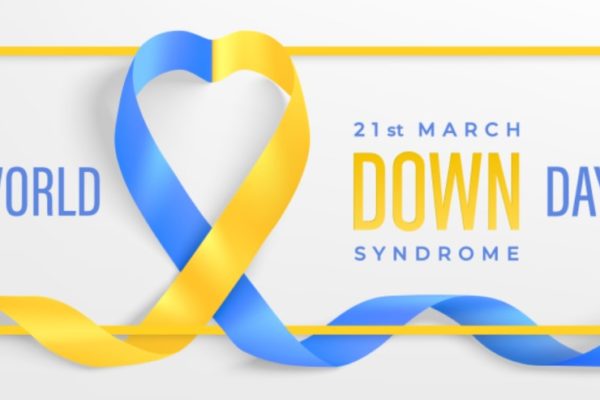* Kanye West
wrote recently[i] about annual strategy planning meetings, often taking place at the end of the year or right at the beginning – with the purpose of working out the year ahead and ambitions for the firm in terms of goals. Not long after the planning meeting cycle has been put to bed with the senior leadership team keenly aware of this year’s targets and objectives, the sales team improvement cycle begins! It is as if a memo hits the desk of the team leader, reminding them that people are a key resource to the firm and they need investment.
What follows is very dependent upon the prevailing budgetary constraints (resulting from aforementioned planning process) and can range from the big – convergence of all global teams into one neutral and swanky location – to the desperate – perhaps get an external speaker, find a meeting room we don’t usually use to give the ‘offsite feel’ and maybe extend to a drink gathering afterwards.
The agenda often follows a similar pattern. There are the obligatory items to signal that the objectives for the year have cascaded down from senior management, with maybe a round robin of teams presenting their plans to achieve the objectives. But then there is the off-the-wall item. The motivational speaker addressing a topic so random from day-to-day work life that you leave the room wondering if you temporarily slipped into a parallel universe; clueless as to how to apply what you just learnt to your employment.
If it isn’t the motivational speaker, invariably it will be the dreaded presentation skills session! As a generalisation, salespeople tend to be a pretty outgoing bunch. Similarly, they like to speak, so I was always curious about the level of hesitancy with which these presentation skills sessions were usually met. Confession time – I too panicked at the prospect, but could never rationalise why the idea of presenting in front of your colleagues (most of whom you liked) seemed so much worse than doing so in front of a group of strangers. Undoubtedly imposter syndrome plays a role here. When presenting to a stranger, you at least have the upper hand of them not knowing the ins and outs of the subject; but when you’re in front of your colleagues there is nowhere to hide!
Nerves of presenting aside, the element of the presentation training that I always found fascinating was observing and interpreting the non-verbal, body language. Invariably, an attentive colleague would take great delight in commenting on one’s habit of adopting a Tony Blair ‘two hands flat together pushed toward the audience’ pose. Or the more basic faux pas of sitting with arms folded in a ‘closed and defensive pose’.
Now with the new regime of online meetings, it would seem that there is a new body of research emerging about the etiquette of behaving on Zoom/Teams. ‘Bartleby’ in this week’s Economist[ii] suggests some dos and don’ts, but it would seem that the jury is still very much out on whether there is a “correct” way. I think that is a good thing – there is an informality about online meetings which I think should be embraced.
[i] https://www.institutionaladviser.co.uk/hope-smiles-from-the-threshold-of-the-year-to-come-whispering-it-will-be-happier-alfred-lord-tennyson/
[ii] The Economist 5th-11th February 2022, p.61






